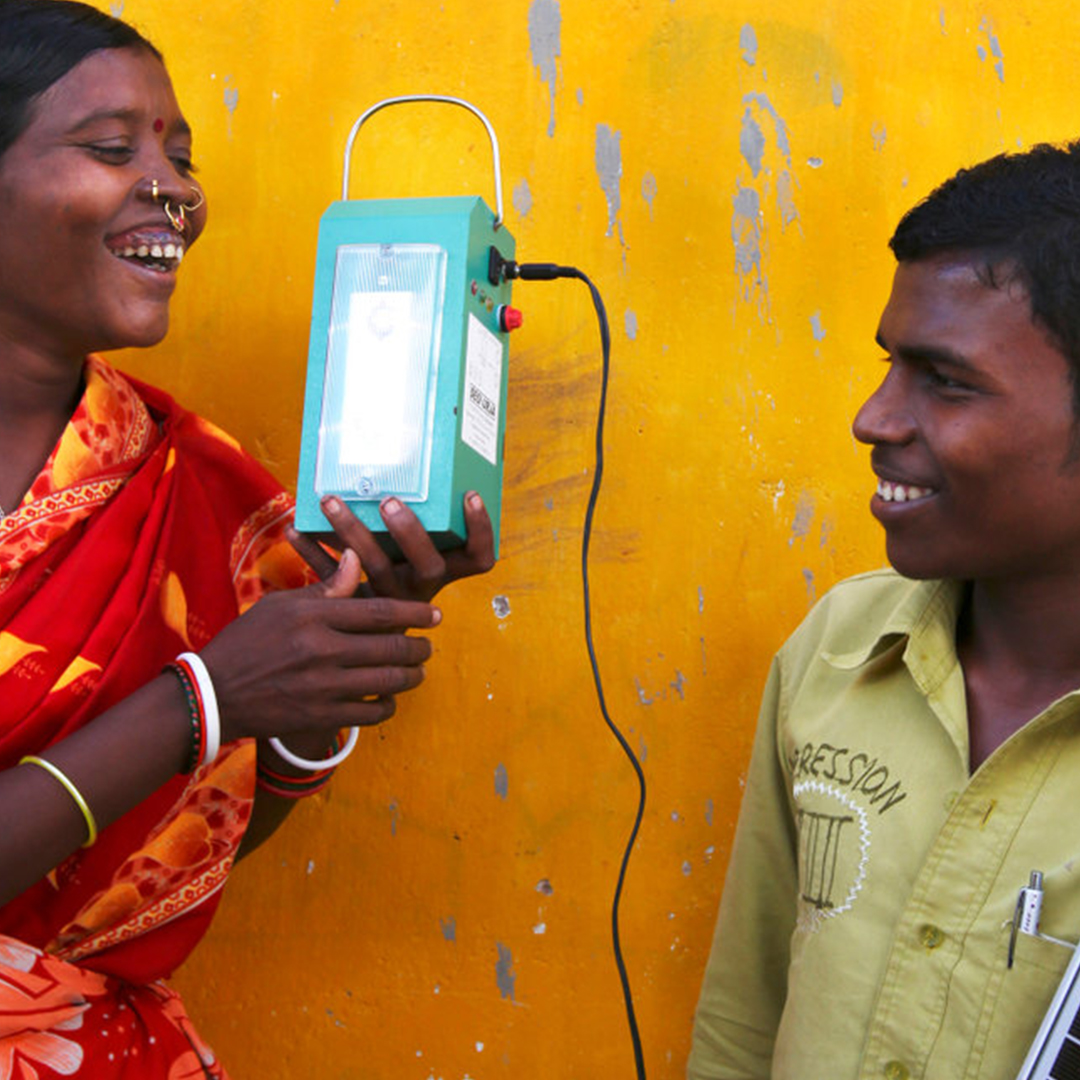Did you know that government delegates can spend an hour over the placement of a comma in an official outcome document? Or about the plethora of side events? All these details can make climate meetings hard to follow.
It's even more difficult when you're there in person for the first time trying to figure out what events to attend, where to find the latest news, and how to make the best use of your time.
The UBC Sustainability Initiative prepared this set of resources for UBC's delegation attending COP this year, and for citizens who want to get involved.
A guide for citizens
For an overview of what happens at the meeting, start with this brief description of what happens at a COP. The UK government, the host country for the COP26 meeting, has also published a 25-page guide, COP26 Explained, which provides more details. This story,. What is COP26, who will attend it and why does it matter?, by the UK Energy and Climate Intelligence Unit breaks down the official and informal parts of COP and discusses who attends, and what they hope to achieve.
International climate law and science
Here’s where the acronyms get deep. For background on the climate treaty regime, the official United Nations Framework Convention on Climate Change (UNFCCC) website is an excellent launch pad. The site’s resources on the set of climate treaties, start with the UNFCCC (1992). Preventing “dangerous” human interference with the climate system is the ultimate aim of the UNFCCC.
The UNFCCC website describes the key documents in plain language and has short videos explaining more recent agreements, such as the Paris agreement. That Agreement starts with a commitment by Parties to ‘strengthen the global response to the threat of climate change’ by ‘holding the increase in the global average temperature to well below 2 degrees C above the pre-industrial levels and pursuing efforts to limit the temperature increase to 1.5 C above pre-industrial levels, recognizing that this would significantly reduce the risks and impacts of climate change.”
Each of the 197 countries that is a signatory or Party to the Paris Agreement determines and reports on its Nationally Determined Contributions (NDCs). See Canada’s latest NDC. Canada pledges to reduce emissions by 40-50% by 2030 compared to 2005 levels, and states the government’s commitment to reduce emission to net-zero by 2050.
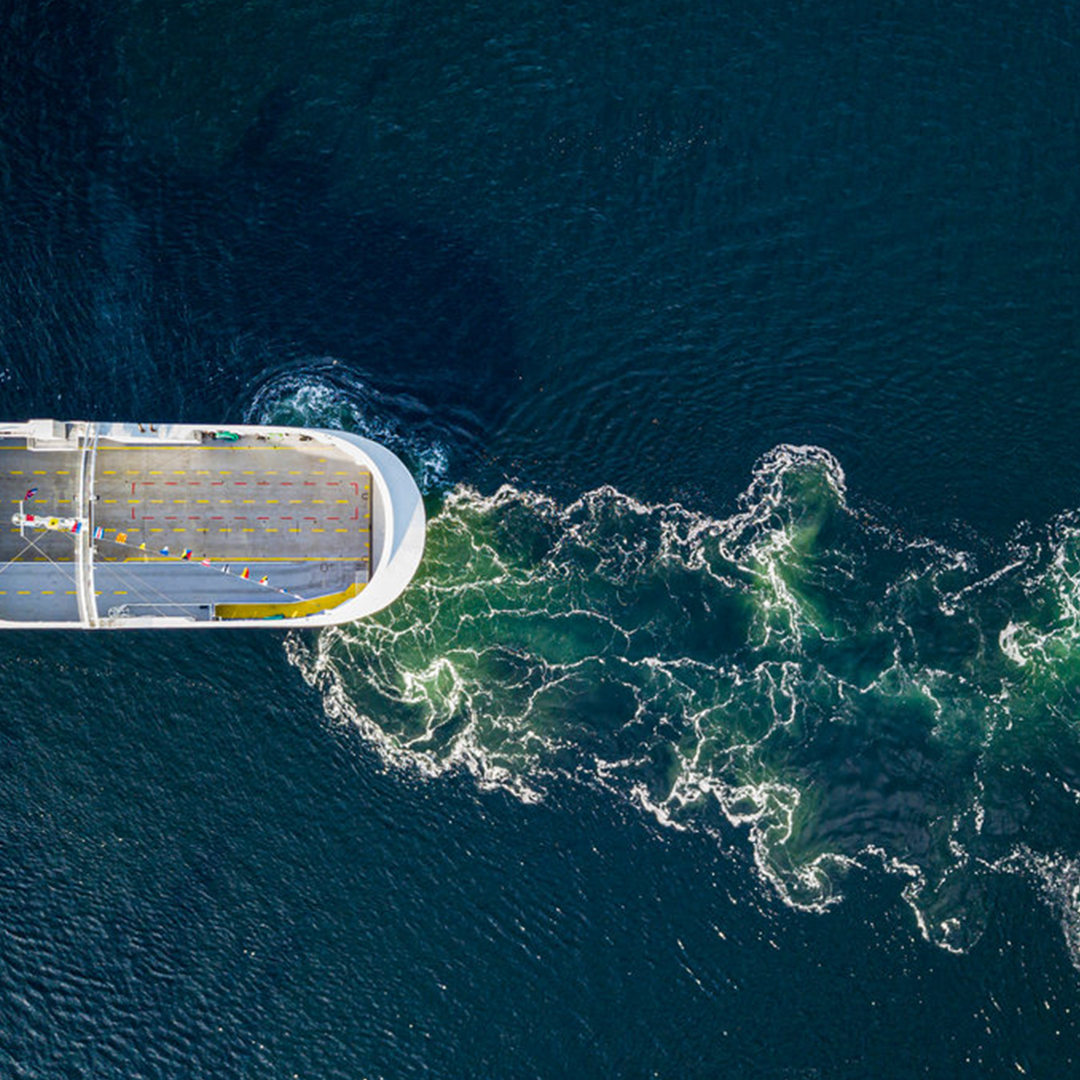
Climate negotiations are informed by science, collated by the Intergovernmental Panel on Climate Change (IPCC). This is the UN body responsible for assessing the science related to climate change, whose reports are a key input into international climate change negotiations. The IPCC’s comprehensive Assessment Reports examine knowledge on climate change, its causes, potential impacts, and response options.
UN Secretary-General António Guterres’ catch-phrase for the latest IPCC climate change report, “code red for humanity,” caught on faster than lightning. His statement on the release of the August 9th report continued:
“The alarm bells are deafening, and the evidence is irrefutable: greenhouse‑gas emissions from fossil-fuel burning and deforestation are choking our planet and putting billions of people at immediate risk.” UN Secretary-General António Guterres.
This 2 minute video explains the work of the IPCC and the latest report, the 6th Assessment report. Another short video explains the influential IPCC “Special Report on Global Warming of 1.5 ºC”.
There are many resources on climate COPs from NGOs such as Take Climate Action UK’s Guide to the Glasgow Climate Talks, Greenpeace’s short overview of COP26, and from media outlets like The Guardian’s complete guide, and the BBC.
Then there is a myriad of thinktanks and expert commentators who have prepared resources to cut through the issues at stake at COP26.
One of the main organizations translating international environmental negotiations into plain language is the Earth Negotiations Bulletin (ENB) an independent reporting service that provides daily coverage at negotiations like COP26. The ENB is housed at IISD the International Institute of Sustainable Development headquartered in Winnipeg.
Canada has played a key role in increasing transparency of international negotiations through the IISD and ENB. For example, a recent IISD article titled The Paradox of Pledging: Is more flexibility enough? examines NDCs and notes there is no international oversight of their content and few rules governing what an NDC should contain; in other words, it is up to each country to decide.
What to look for in terms of a successful outcome?
The UK’s 4 goals for COP26 consist of keeping 1.5 degrees within reach, adapt to protect communities and habitats, mobilize finance, and work together to deliver.
The Energy and Climate Intelligence Unit outlines these essential outcomes from COP26:
- A number of governments pledge tougher emission cuts by 2030
- A number of governments publish plans to reach net zero emissions by 2050
- Richer nations fulfil their pledge to deliver at least $100bn to help developing nations protect against climate impacts and speed up decarbonisation
Five markers of success at COP26 is another view by the Canadian Institute for Climate Choices.
More resources
- The Energy and Climate Intelligence Unit’s COP26: A Visual Guide in infographic form
- The Climate Transparency Report 2021 annual review of G20 countries’ climate action based on 100 indicators for adaptation, mitigation, and finance
- Climate Outreach, an NGO with a focus on public engagement with climate change, and great visuals
- The Carbon Disclosure Project a global disclosure system for investors, companies, and more
- The Potsdam Institute for Climate Impact Research, the Stockholm Environment Institute and the World Resources Institute are top environmental think-tanks
Carbon Brief whose recent week-long special series on climate justice probed issues of great interest at UBC
- In-depth Q&A: What is ‘climate justice’?
- Which countries are historically responsible for climate change?
- The lack of diversity in climate-science research
- Climate justice: The challenge of achieving a ‘just transition’ in agriculture
- Researchers: The barriers to climate science in the global south
- Guest post: An Indigenous peoples’ approach to climate justice
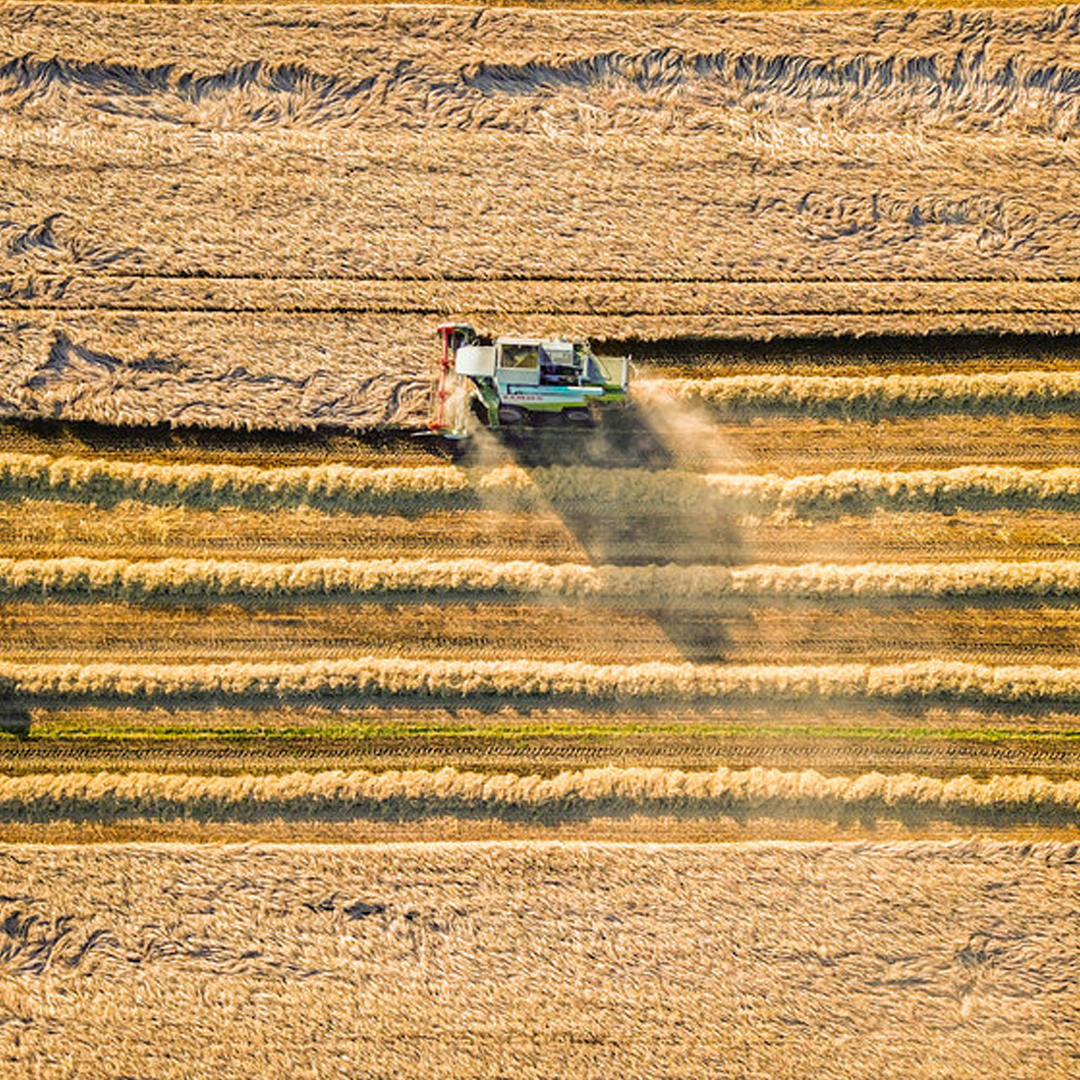
A guide for delegates and observers attending COP in-person
Going to a COP in-person adds even more complexity.
As an official government delegate, you have a defined role — to follow the instructions of the head of delegation, usually a top official in either the foreign affairs or environment department.
Fortunately, there is an excellent guide to being a delegate. Becoming a UNFCCC delegate: what you need to know was published by the IIED in the UK in 2016 and acknowledges that ‘attending UN climate negotiations for the first time is daunting’ as the process is ‘notoriously complex’.
Published in conjunction with Climate negotiations terminology: the pocket guide which demystifies acronyms, buzzwords and legal terms, these toolkits help everyone understand what happens at the UNFCCC negotiations.
In addition, nonprofit organization Second Nature prepared a very useful video guide for delegates in 2014, which is still relevant today.
An observer’s role is more limited than a delegate, they have no official role in the negotiations, though some may be invited to address the government delegates.
There are several categories of observer organizations, including universities like UBC. Transparency is greatly improved through observers, who report on and follow the negotiations closely and form their own alliances and networks. The Climate Action Network issues the notorious “Fossil of the Day awards” at the negotiations, which all countries aim to avoid.
For an illuminating set of blogs from a previous COP, see this series by UBC Professor Kathy Harrison.
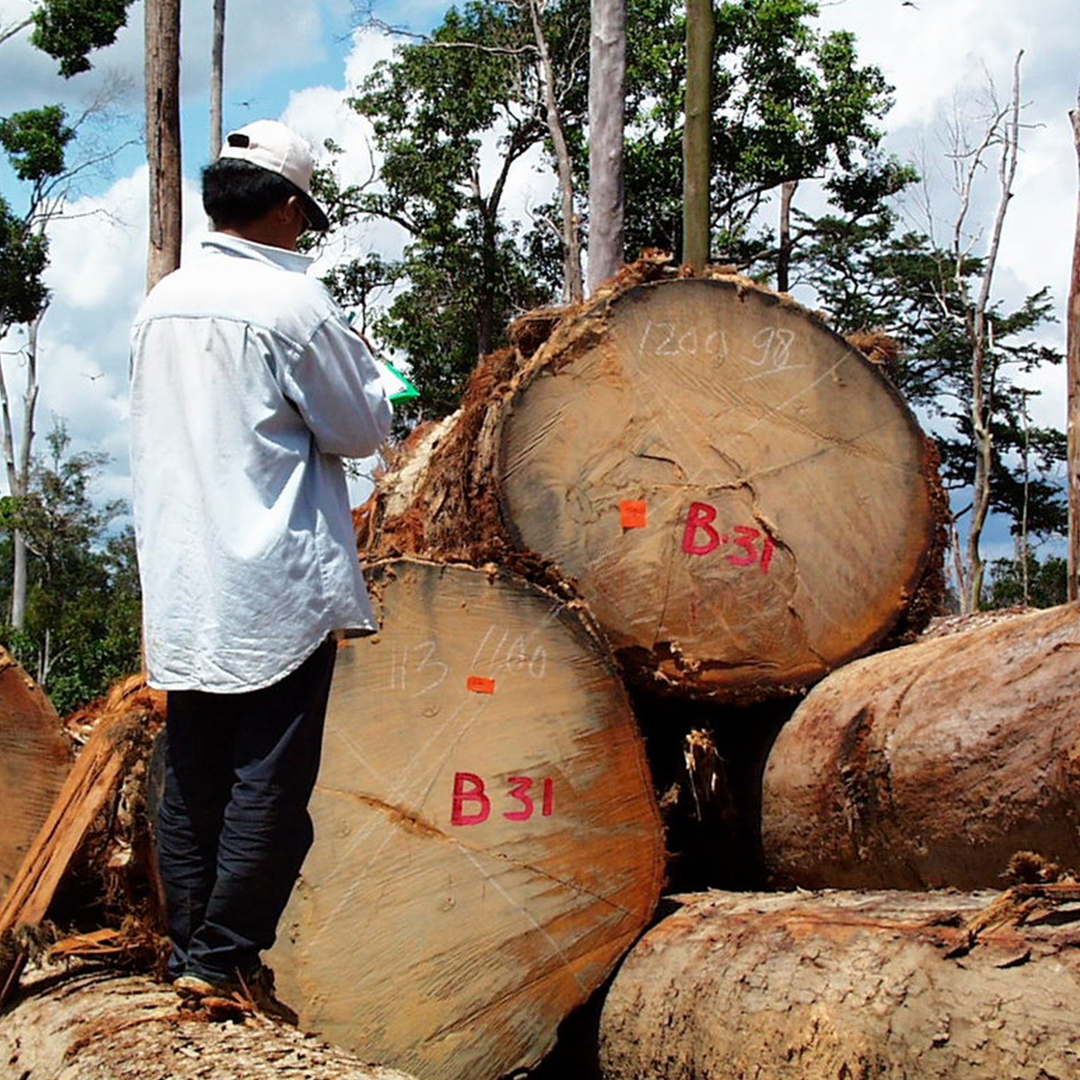
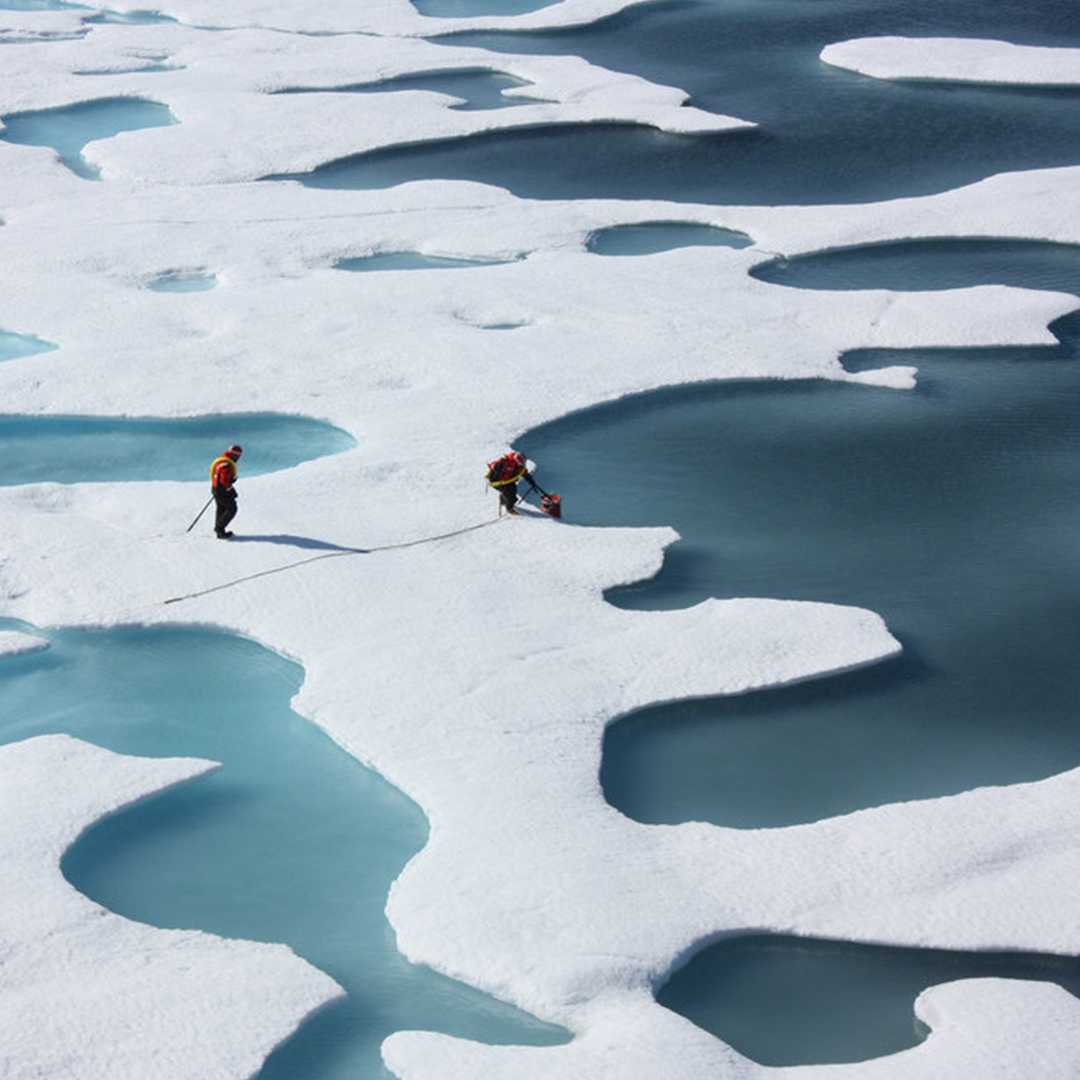
The UNFCCC's Information for COP 26 participants (A-Z) provides an essential overview of a huge range of topics, and includes sections on the climate neutrality of the event through the Carbon Management Plan as well as instructions on how to find meditation rooms and nursing rooms.
One key piece in this A-Z is the section on: Documents - this is what everyone following the negotiations needs to know. Documents will be published as soon as they become available on the session web pages, accessible from the Documents and decisions menu of the UNFCCC website home page and the COP 26 page, as well as the UN Climate Change app.
A tweet is also sent out when a new official document or a relevant new version of a draft text is posted to the website. The Twitter account is @UNFCCCDocuments.
Much of the action will be in the “side events” rather than the official government negotiations. These are put on by civil society, business, governments of all levels, Indigenous organizations, and intergovernmental organizations, among others. Side events and exhibits can be found on the UNFCCC’s (SEORS) web page - navigate to the extensive schedule of side events at COP26 here.
The landscape is continually changing. To stay on top of all the developments, you can turn to daily digests compiled by the following observer organizations:
- Earth Negotiations Bulletin
- Climate Action Network (CAN) is the world’s largest climate network made up of over 1,500 civil society organizations in over 130 countries, together fighting the climate crisis. There is a Canadian office of CAN.
- Third World Network (TWN) Network of the global south
The Near Future – a Novel that Blends Fact and Fiction
Finally, after browsing through all these official government documents and bureaucratese you might want a good story to illuminate what it's all about. The Ministry of the Future is a novel by Kim Stanley Robinson, an absorbing story of a future that is just around the corner if we don’t act.
The Ministry of the title is the user-friendly name for a climate change oversight body, created (fictionally) at COP29, 3 years from now, designed to “work with the Intergovernmental Panel on Climate Change, and all the agencies of the United Nations, and all the governments signatory to the Paris Agreement, to advocate for the world’s future generations of citizens, whose rights, as defined in the Universal Declaration of Human Rights, are as valid as our own. This new Subsidiary Body is furthermore charged with defending all living creatures present and future who cannot speak for themselves, by promoting their legal standing and physical protection.” That official body was renamed by the press as “the Ministry for the Future,” and as the novel reports the name stuck.
US political commentator Ezra Klein (Vox) said "If I could get policymakers, and citizens, everywhere to read just one book this year, it would be Kim Stanley Robinson’s The Ministry for the Future." It is an eerily accurate tale of how climate change affects the world now, the power interests that maintain the status quo, the disruptors agitating for change, and the many working for change in Ministries of the Future all over the globe.
A choice lies ahead. The IPCC is clear that a 1.5 degree future is possible. Collective action by Nations, governments and individual is the only path towards a sustainable future.
Former US President Barack Obama also chose The Ministry for the Future as one of his favourite books of the year: his words offer both hope and a call to action for the decision-makers at COP:
"We are the first generation to feel the effect of climate change and the last generation who can do something about it." - US President Barack Obama
Writing a new ending to this story will need to include the voices that have historically been left out of climate talks, from the human and non-human communities that share the planet.
